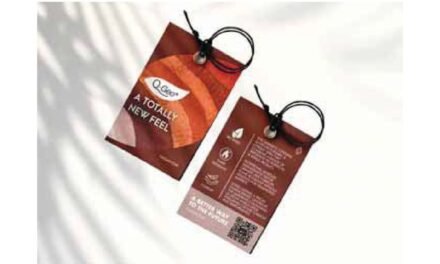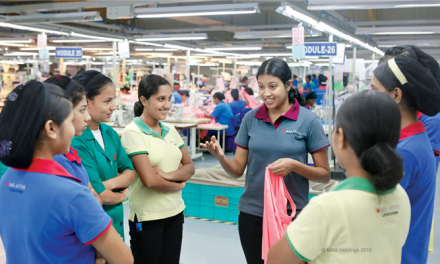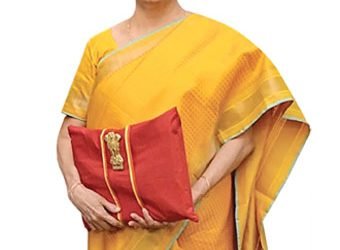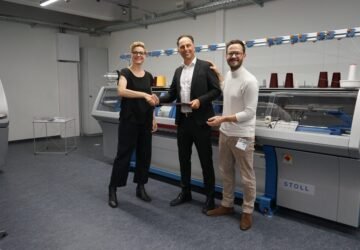 The Government is considering a revision of the Rs. 100 per kilo tax currently imposed on imported cloth and may increase it to as much as Rs. 185 ($1) as part of efforts to boost the local textile industry in the next five years.
The Government is considering a revision of the Rs. 100 per kilo tax currently imposed on imported cloth and may increase it to as much as Rs. 185 ($1) as part of efforts to boost the local textile industry in the next five years.
Batik, Handloom, and Local Apparel Products State Minister Dayasiri Jayasekara told reporters following a discussion with apparel stakeholders that measures to strengthen the industry will be taken forward in the next two months. The meeting, which took place at his ministry, also included thread importers, local thread and apparel manufacturers, and brand associations.
Industry stakeholders attending the discussion stated that they would not have a need to import garments if locally manufactured products were of a higher quality, asked that the tax imposed on the industry be fair, and raised concerns about low consumption of apparel within the country.
“Stopping low-quality garments from being imported to the country was their main concern,” Jayasekara stated, adding that the country has a large number of manufacturers who produce for local use as well as export purposes, and that it is by strengthening them that local production can also be strengthened. Jayasekara said that discussions have been held with President Gotabaya Rajapaksa to locally produce linen and towels for hotels in the country, which would create job opportunities and increase production.
While adding that tax reforms will be introduced in the future, Jayasekara stated the focus was to boost local production during the next five years. In terms of handloom production, Jayasekara said the Ministry has plans to recruit 10,000 persons for the industry and establish production in 200 villages.
“We expect to boost batik, local apparel, and handloom production by streamlining them under one organisation. Within the next five years, local production will be boosted, and we expect to present a basic plan to establish garment production on a rural level,” he went on to say.
This would involve training centres for handloom, batik, and textile manufacturing on a regional level, so that manufacturers can grow as entrepreneurs, with the necessary machinery provided. In addition to this, a 70 acre land in Katunayake has been identified as suitable for a garment city, which will enable visitors to Sri Lanka to easily purchase garments in wholesale quantities.
While the measures would increase the quality and quantity of local production, the Government will also take steps to restrict imports. The temporary suspension of apparel and textile imports was announced in May, but Jayasekara stated that certain restrictions regarding global brands will be relaxed due to challenges restrictions will pose in terms of attracting tourists and high-end consumers.
According to the Central Bank’s External Sector Performance Review published for June, clothing and accessory imports amounted to $ 111 million between January and June this year, a 17.3% drop from the same period last year, when clothing and accessory imports totalled $ 134.2 million. A 23.6% drop was seen in textiles and textile articles, with January to June 2020 amounting to $ 1,065.6 million and the same period the year before totalling $ 1,394.6 million.
Central Bank data also shows that clothing and accessories dropped from $ 30.2 million in January to $ 15.2 million in March, $ 12.2 million in April, and $ 8.1 million in May. However, clothing and accessories imports rose to $ 17.5 million in June. In terms of textiles and textile articles, the Central Bank states that imports amounted to $ 300.8 million in January, $ 182 million in February, and $ 139.3 million in March. There was a slight increase to $ 146.9 million in imports in April, followed by a drop to $ 121 million in May.
However, textiles and textile article imports rose to $ 175.7 million in June. The State Minister explained that restrictions on imports were imposed to ensure Sri Lanka does not become a “dumping ground” for low quality garments and said he is to meet with batik dye importers and thread importers today to discuss concerns about material shortages today.



















